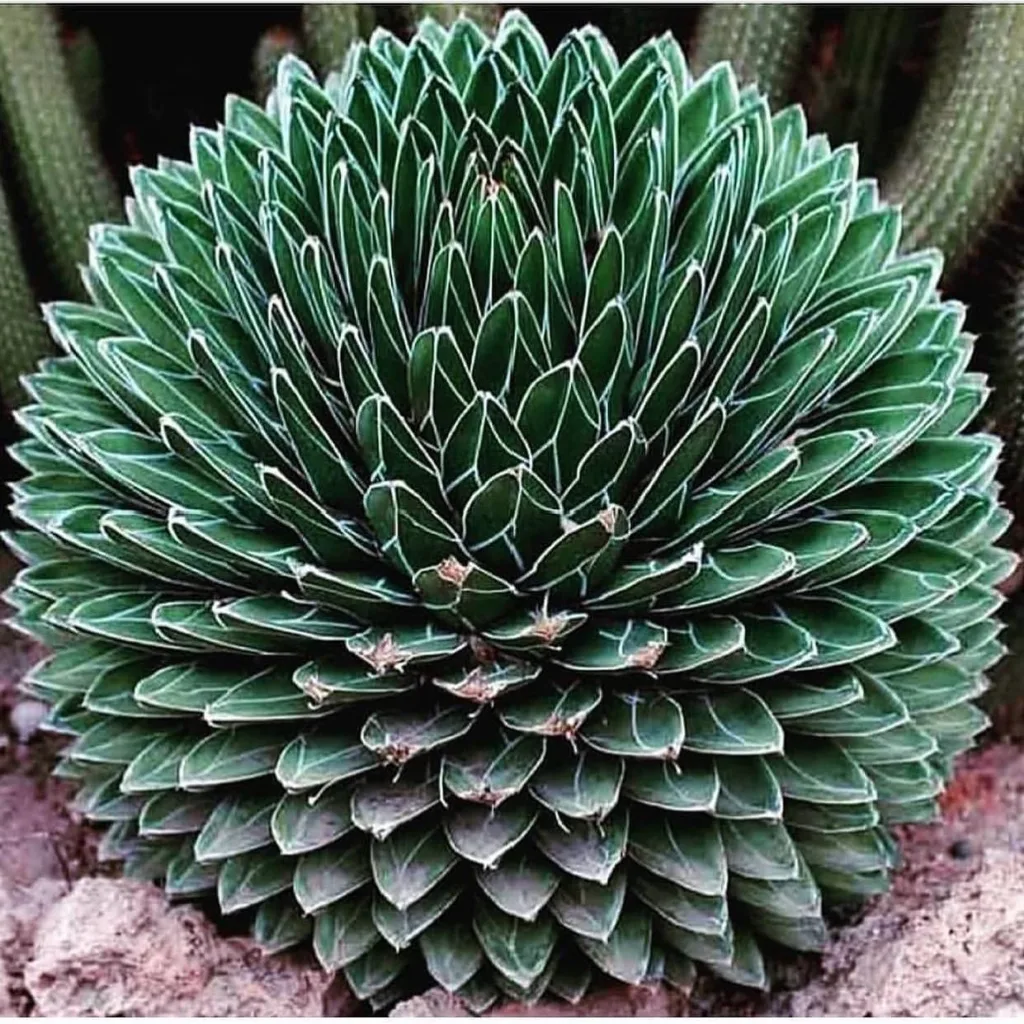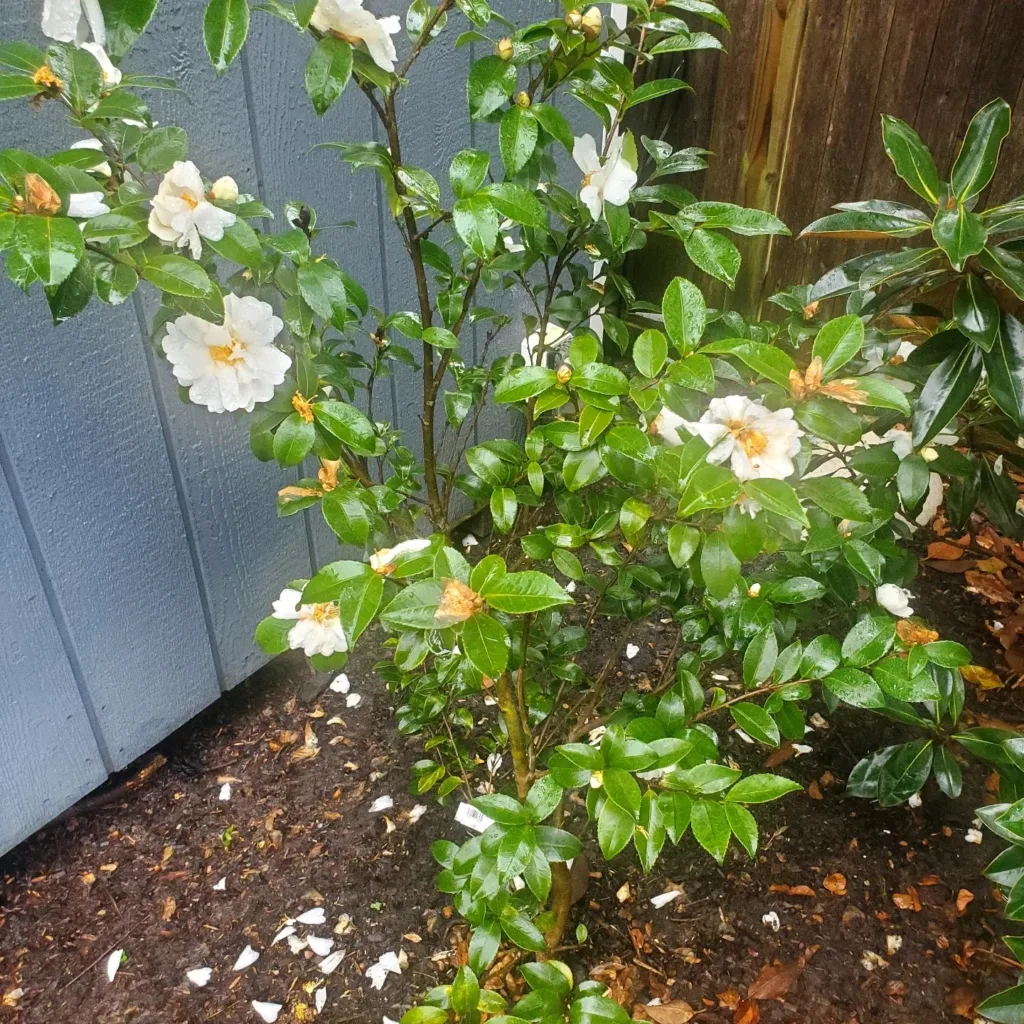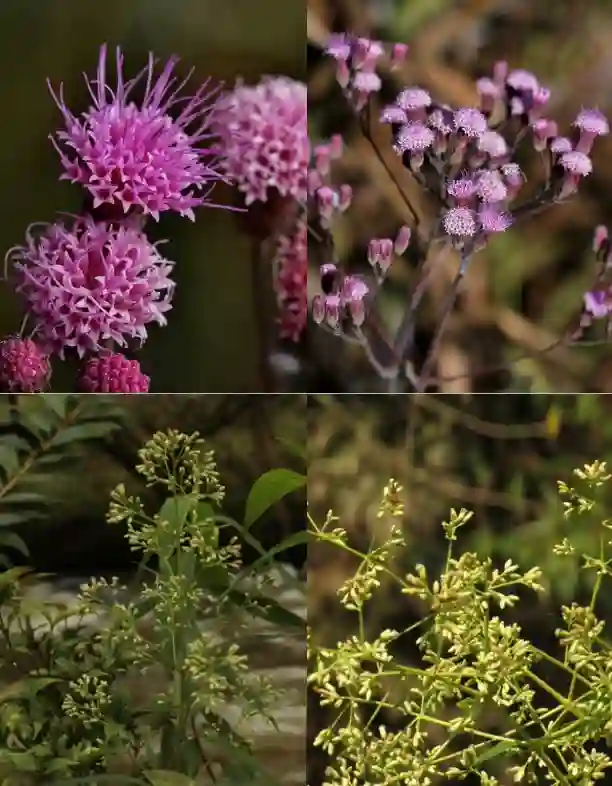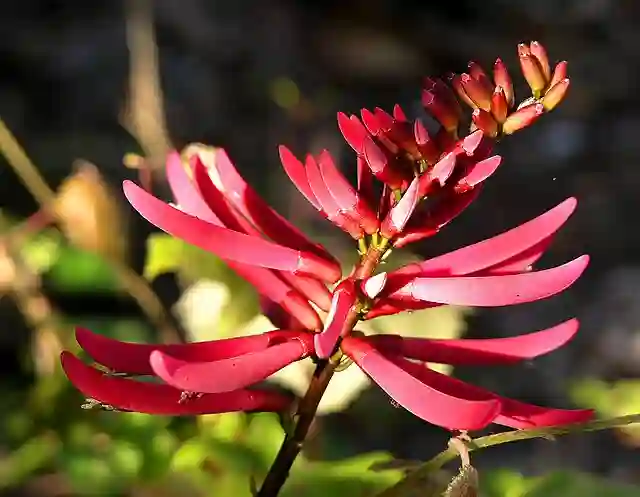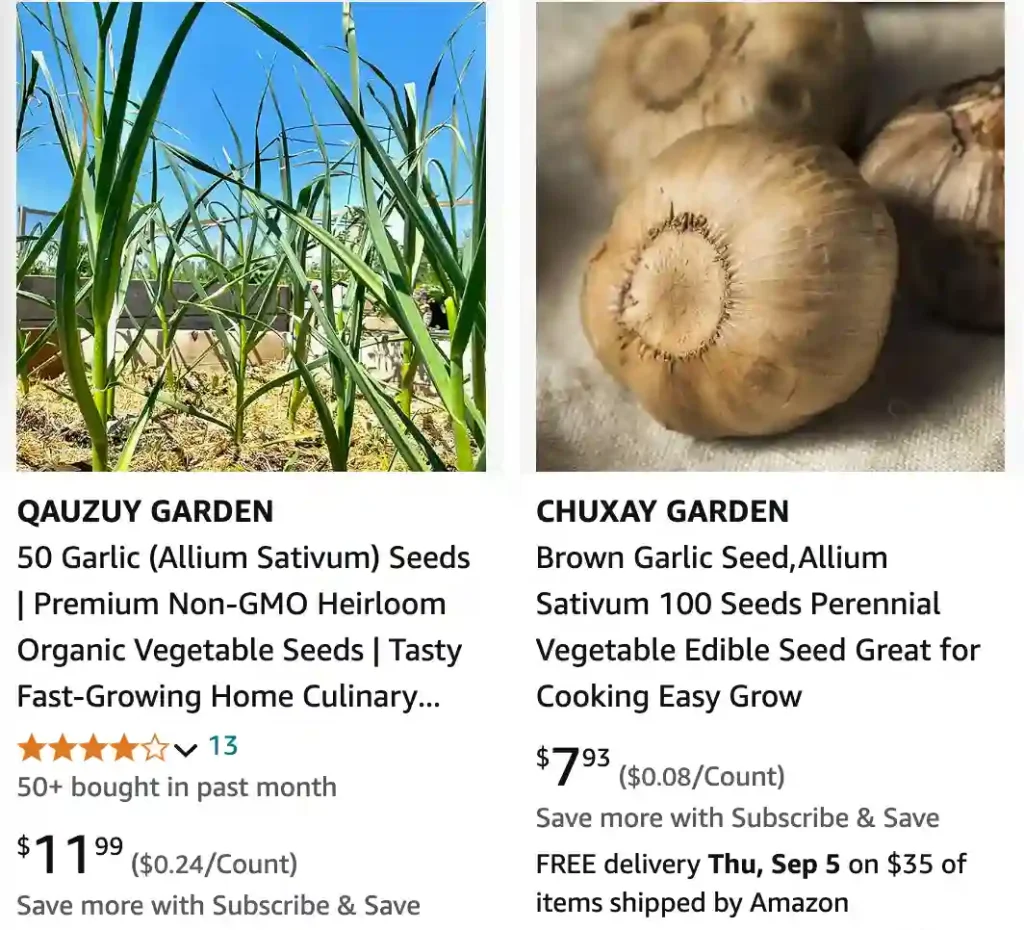
Allium Sativum: Frequently Asked Questions
I’ve been fascinated by Allium Sativum, commonly known as garlic, for years. Whether you’re growing it in your garden or using it in your kitchen, this bulb has a lot to offer. Here are answers to some of the most common questions I get about Allium Sativum.
1078 Species in Genus Allium
What Is Allium Sativum?
Allium Sativum, or garlic, is a plant in the onion family. It’s renowned for its culinary and medicinal uses. The garlic bulb, which is actually a cluster of cloves, is the part most commonly used. Each clove is packed with flavor and nutrients, making it a staple in many recipes.
What Is Allium Sativum Used For?
Garlic has a range of uses. In cooking, it adds depth and flavor to dishes. Beyond the kitchen, Allium Sativum is also celebrated for its medicinal properties. It’s been used traditionally to support cardiovascular health, boost the immune system, and fight off infections. Some studies suggest that garlic can help lower blood pressure and cholesterol levels, which contributes to heart health.
How Does Allium Sativum Help with HIV?
While garlic is not a cure for HIV, some research suggests that it might help manage certain aspects of the condition. Allium Sativum contains compounds like allicin that have antioxidant and anti-inflammatory properties. These can potentially support the immune system, but it’s crucial to consult with a healthcare provider before relying on garlic as a treatment for HIV.
How Much Allium Sativum Is in a Clove of Garlic?
The amount of Allium Sativum in a garlic clove can vary, but each clove generally contains a significant amount of the plant’s beneficial compounds. On average, a single clove provides about 1-2 milligrams of allicin, the active component that contributes to garlic’s health benefits.
How to Grow Allium Sativum?
Growing Allium Sativum is quite straightforward. Start by planting garlic bulbs in well-drained soil with good sunlight. Space the cloves about 4-6 inches apart and plant them 1-2 inches deep. Garlic thrives in cooler temperatures, so it’s often planted in the fall and harvested the following summer. Make sure to water them regularly and keep the soil moist but not waterlogged.
How to Take Allium Sativum?
There are several ways to incorporate garlic into your diet. You can eat it raw, add it to dishes during cooking, or take it in supplement form. Raw garlic is the most potent, but it can be harsh on the stomach for some people. Cooking garlic reduces its potency but makes it easier to digest. Garlic supplements are also available for those who want to reap its benefits without the strong taste.
How to Pronounce Allium Sativum?
The pronunciation of Allium Sativum is fairly straightforward once you break it down. It’s pronounced as “AL-ee-um SAT-ih-vum.” Emphasize the first syllable of each word, and you’ll be saying it like a pro in no time!
Is Allium Sativum the Same as Allicin?
Allium Sativum and allicin are not the same thing, though they are closely related. Allium Sativum is the plant, while allicin is one of its active compounds. Allicin is formed when garlic is chopped or crushed, and it’s responsible for much of garlic’s distinctive aroma and health benefits.
Allium Sativum vs Allicin
To clarify, Allium Sativum is the whole garlic plant, while allicin is a specific compound within it. Allicin is known for its antibacterial and antiviral properties. When comparing Allium Sativum to allicin, remember that the latter is just one of many compounds found in garlic that contribute to its health benefits.
How to Care for Allium Sativum?
Caring for garlic involves ensuring it has the right growing conditions. Keep the soil well-drained and avoid overwatering. Garlic plants need plenty of sunlight, so choose a location that gets at least 6 hours of sun each day. Regularly check for pests and diseases, and make sure to harvest before the bulbs start to split.
How to Propagate Allium Sativum?
Garlic is typically propagated using individual cloves from a bulb. Plant each clove with the pointed end up, spacing them apart as mentioned earlier. You can also save bulbs from your harvest to plant the next season.
What to Plant With Allium Sativum?
Garlic grows well with a variety of plants. It’s known to repel pests, so it can be beneficial when planted alongside crops like tomatoes, peppers, and carrots. Avoid planting garlic with beans and peas, as they don’t thrive together.
Can You Grow Allium Sativum Indoors?
Yes, you can grow garlic indoors. Use a container with good drainage and plant the cloves about 1-2 inches deep. Place the container in a sunny spot and keep the soil moist. Indoor garlic may not grow as large as outdoor garlic, but it can still be a productive addition to your kitchen garden.
Is Allium Sativum Toxic?
Allium Sativum is generally safe for most people when consumed in moderate amounts. However, excessive consumption can lead to digestive issues, and it may interact with certain medications, such as blood thinners. If you’re pregnant, breastfeeding, or have a medical condition, it’s wise to consult with a healthcare provider before making significant changes to your garlic intake.
Benefits of Allium Sativum
The benefits of Allium Sativum are numerous. It’s well-known for its potential to improve heart health, boost the immune system, and provide antioxidant protection. Garlic is also linked to improved digestion and may even help regulate blood sugar levels.
Common Problems with Allium Sativum
One common issue with garlic cultivation is bulb rot, which can be caused by overwatering or poor soil drainage. Pests like garlic mites can also be a problem. To avoid these issues, ensure proper planting conditions and monitor your garlic plants regularly.
Garlic is more than just a flavorful addition to meals. It’s a versatile plant with a range of uses and benefits. Whether you’re growing it or using it in your diet, understanding Allium Sativum can help you make the most of this remarkable plant.
If i die, water my plants!
